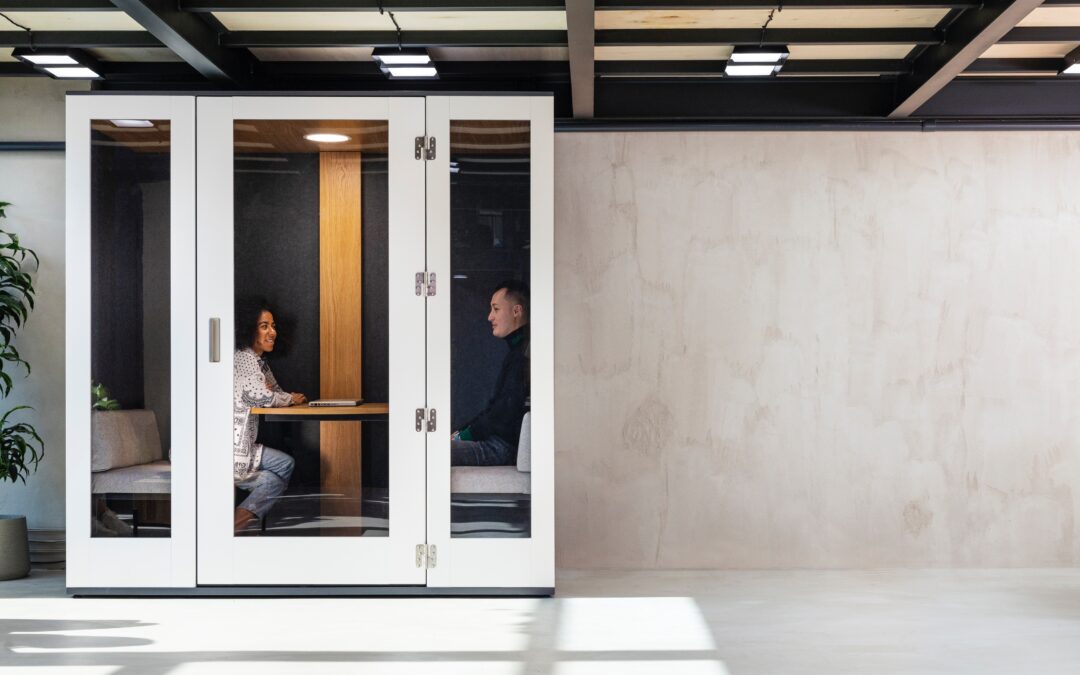The world of work has fundamentally changed over the past five years. What was once a fairly fixed structure where employees would commute to the office each day has quickly become a fragment of the past – at least, in most organizations. Companies around the world are realizing the power of investing in flexible working.
This change has come rapidly over the past few years. Before the COVID-19 pandemic, only 52% of workers would work from home at least one day a week. Fast forward to after the pandemic, and this figure is now at 67%. That jump of 15% represents an increase that includes millions of workers across the United States – with this trend surging in all parts of the world.
While the movement to flexible work was inspired by the pandemic, it’s stuck around for other motives. One of the primary reasons that flexible work is still so popular is that it offers an incredible financial return for businesses.
In this article, we’ll dive into the ROI of flexible work, exploring exactly how businesses quantify the movement to a new work structure. Let’s dive right in.
What Is the True ROI of Flexible Work for a Business?
To understand the true ROI of flexible work, we must first consider the costs that a business has to absorb to begin moving to this working structure. First of all, there is a technology cost. If employees are now working from home, companies will need to provide them with equipment and buy meeting software.
However, alongside these costs, there are a number of ways that flexible work generates a rapid ROI. According to a study by Timewise, the ROI of flexible work far outweighs the costs within a max of three years.
There are numerous ways that flexible work generates ROI for a business:
- Fewer sick days – Across several industries, the ability to work flexibly resulted in a radical decrease in the total number of sick days that employees take. With less of a chance of burnout and more time to recover from work, flexible work ensures that people stay healthy, which can reduce the cost of sick days to businesses.
- Reduced Staff Turnover – A more flexible work style allows employees to feel more connected to their job, which often results in higher rates of loyalty. Most industries demonstrated anywhere between a 7-11% decrease in employee churn, which can save on hiring and recruitment costs.
- Decreased office costs – According to research by Savills, flexible working structures mean that businesses can cut back by over half of the size of their offices. On average, 43% of office space is being used, with businesses still maintaining the same sized offices as a few years ago. By reducing the size of your office to accommodate fewer workers each day, you’ll decrease real estate costs.
While not an extensive list of all of the potential areas of the ROI of flexible work, these demonstrate just how opportune switching to remote work can be. The true ROI of flexible work offers cost savings in almost every area of a company.
What Case Study Data Can We Use to Understand the ROI of Flexible Work?
The University of Griffith published a study all the way back in 2018 that traced the ROI of flexible work. Based on their research, the Department of Environment, Land, Water and Planning saved around $31 million each year due to flexible work initiatives.
The annual cost of their policies totalled around $10 million, including IT expenses, implementation, backfill for extended leave, and onboarding costs. Yet the savings totalled $41 million due to the boosts in labour productivity, retention, recruitment, and decrease in absenteeism.
This is by far the only case study of businesses demonstrating incredible cost savings from this working strategy. Even within the aforementioned study, there were two other companies that demonstrated significant ROI of flexible work. Considering this study came out years before the boom in flexible working conditions, it’s likely that there are plenty of other companies that have positive data to show or are currently working on their own studies.
How Flexible Working Helps Reach Company Sustainability Goals
One of the leading benefits of flexible work that many companies overlook is the incredible impact it can have on ESG goals. Digitalization has allowed more people than ever to work from home. Without the need to commute to the office, employees produce less carbon emissions when travelling to work.
Beyond this, employing people from the home allows businesses to create a much more international community of workers. Hiring from different countries can forge a diverse workplace culture, including providing benefits to employees as they don’t need to live in expensive cities and can live in locations with cheaper rent.
Across the board, flexible work can help businesses to build toward achieving their ESG goals faster than ever before.
Exploring How Technology Has Shaped Flexible Work
Technology is one of the driving factors that has enabled flexible work. One needs to only look at the Zoom revenue gains over the pandemic to see just how vital meeting platform technology became during the pandemic.
Alongside virtual meeting rooms, businesses are also making use of virtual organization software that allows employees to coordinate tasks and plan out projects online. The digital age has a perfect selection of technologies for every business, allowing people to work from home without any productivity losses.
Final Thoughts
The ROI of flexible work is undeniable. With concrete productivity earnings, decreased office costs, and fewer recruitment costs due to lower employee churn, it’s an avalanche win for businesses.
Beyond just the economic benefits of incorporating flexible work, businesses can also expect their employees to feel much happier while at work. This change, with less stress and a lower likelihood of burnout, continues to allow employees to thrive. From economic and social benefits, flexible work is one of the best choices your company can make for its future success.



